I need to know more about what Physical Activity is and how I can do it
Physical Activity is simply the act of moving, but it’s done in a variety of ways. For physical activity that is beneficial for health, it needs to be hard enough to make you breathe a little harder and faster than usual but still hold a conversation, make you become a little flush and maybe sweat a bit. A brisk walk can often make you feel this so it doesn’t need to be too taxing to be active. So what does physical activity really mean? It incorporates a number of terms that are all slightly different ways to be active, some are categorised in the graphic below;
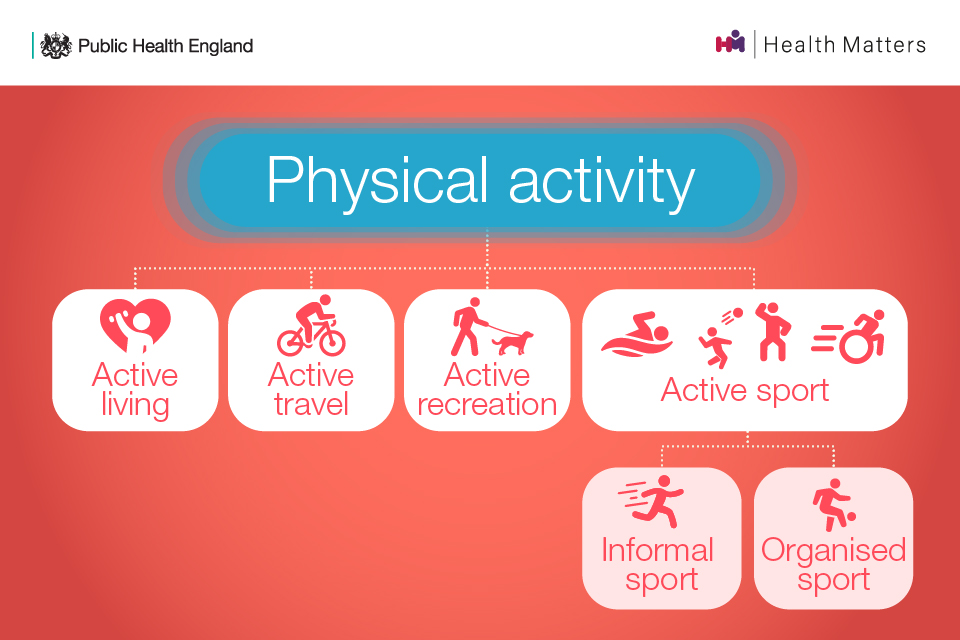
These types of physical activity can include a range of things, many of which will be acceptable as moderate physical activity as described above. Some of those activities are highlighted below;
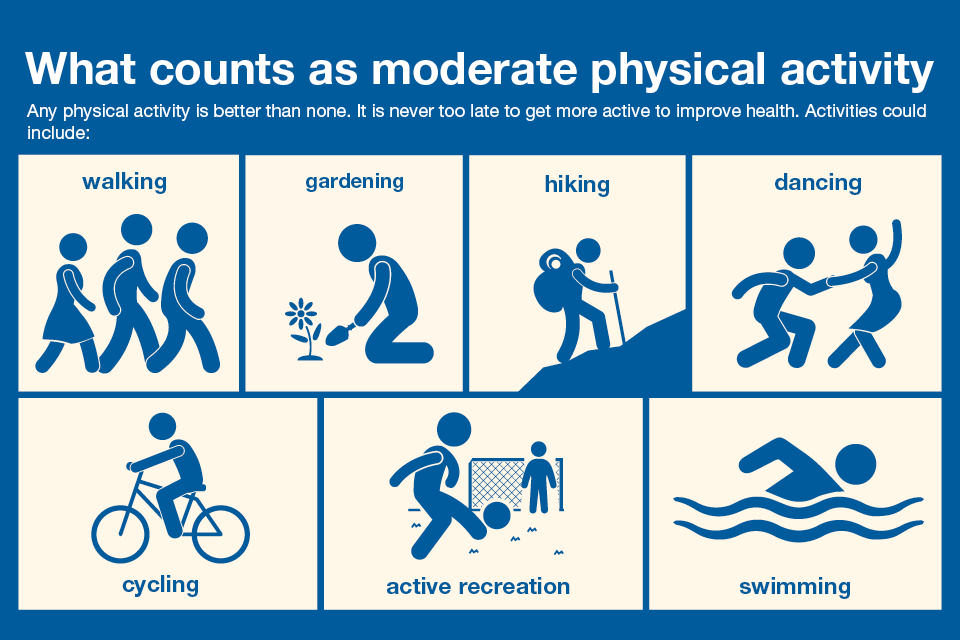
So how much Physical Activity should I be doing?
For adults, the Chief Medical Officer’s guidance is that you should be doing at least 150 minutes, or two and a half hours of moderate activity a week to gain the most health benefits. However, this guidance does suggest that you get the same benefits if you completed just 75 minutes of vigorous physical activity, half the amount of moderate activity. Vigorous activity is activity that has you sweating, breathing heavy and feeling fatigued. So one example is that by doing one bout of 60 minutes of vigorous activity and 30 minutes moderate activity, you would be meeting the guidelines. Please see more information below about the CMO guidelines for adults;
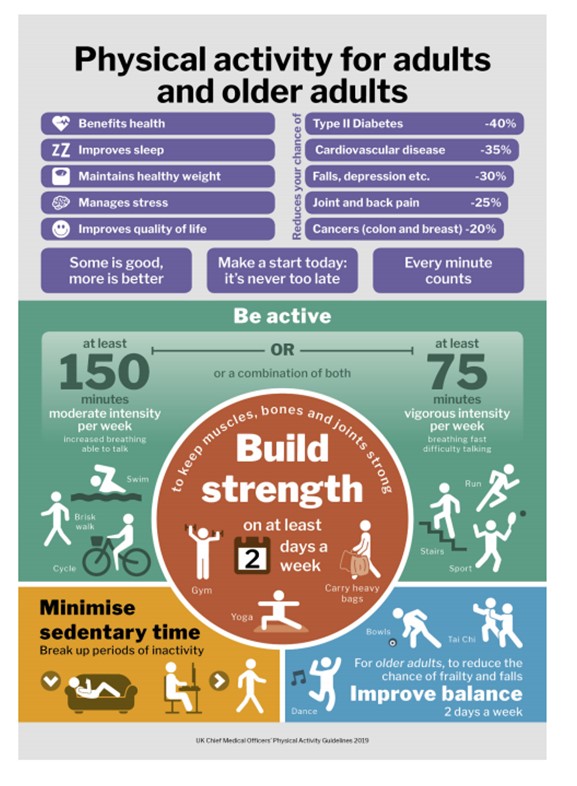
We understand that 150 minutes seems like a lot and is unachievable, especially if you’re just getting started on your active lifestyle. However, you can build up to this and in fact, research suggests that the most health gains are achieved by going from doing no activity to doing about 30 minutes a week.
Different groups have slightly different guidelines. There are guidelines for early years, young people, people with disabilities, pregnant women and women up to a year after childbirth. These can be found below;
CMO Physical Activity for Early Years Birth to 5yrs
CMO Physical Activity for Early Years Birth to 5yrs
Download file: "CMO Physical Activity for Early Years Birth to 5yrs" (372 KB)
Physical Activity Guidance for Children and Young People – 5 to 18 years
Physical Activity Guidance for Children and Young People - 5 to 18 years
Download file: "Physical Activity Guidance for Children and Young People – 5 to 18 years" (384 KB)
Physical Activity Guidance For Adults And Older Adults
Physical Activity Guidance For Adults And Older Adults
Download file: "Physical Activity Guidance For Adults And Older Adults" (550 KB)
Physical Activity Guidelines For Disabled Adults
Physical Activity Guidelines For Disabled Adults
Download file: "Physical Activity Guidelines For Disabled Adults" (365 KB)
Physical Activity Guidelines For Pregnant Women
Physical Activity Guidelines For Pregnant Women
Download file: "Physical Activity Guidelines For Pregnant Women" (379 KB)
Physical Activity For Women After Childbirth – Birth To 12 Months
Physical Activity For Women After Childbirth - Birth To 12 Months
Download file: "Physical Activity For Women After Childbirth – Birth To 12 Months" (531 KB)
There are various ways to be more active as highlighted above, but how do you actually build it into your routine? There are many ways to increase activity on a practical level, look at walking or cycling to work or school, booking in activity classes, go for walks to clear your head and get some steps in, play sports or play games with your children/grandchildren. These are the big things that you’ll end up doing but some of the things you can do to help you achieve this are below;
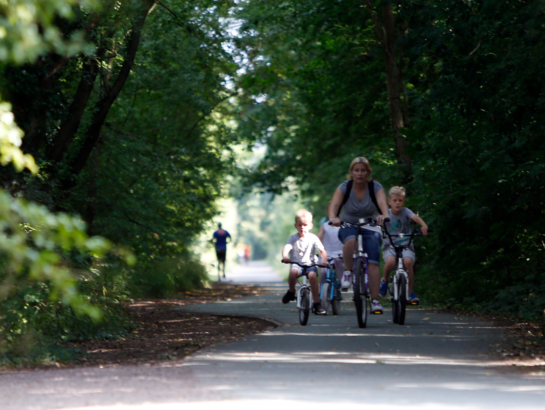
Make it Easier
Putting things in place to make it easier to be active is a great way to go. Getting your environment set up to make life easier will help, whether that’s getting gym kit ready and leaving it by the door or in the car if that’s where you’re going, maybe having a standing desk if you’re working from home or have some suitable equipment ready.
You can also have some support from friends and family to make your activity a social activity too. When it’s enjoyable and social, you’re much more likely to do it and to continue. Meet friends whilst going for a walk or treat yourself to a get together after an activity.
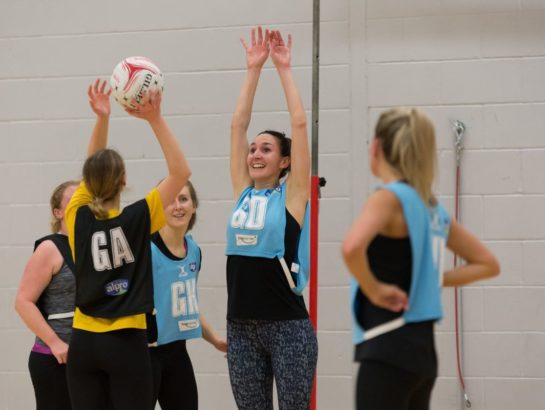
Plan Ahead
By thinking ahead about what you want to do, it will make it more likely that you’ll do it, especially if you’re just starting to become more active. You may have to focus on being active to start with as with any new habit, it is a natural thing to do. Use planners or simply your calendar to plan in time to go for a walk or an activity class, use tools to help remind you and measure your activity like apps on your phone, use some prompts to remind you too, either alarms or friends and family to come and get you to do an activity. All of these things mean that you don’t have to be thinking about how to get active at any one point in time, plan the week ahead and follow that plan. For some tips on making plans, click on the button below.
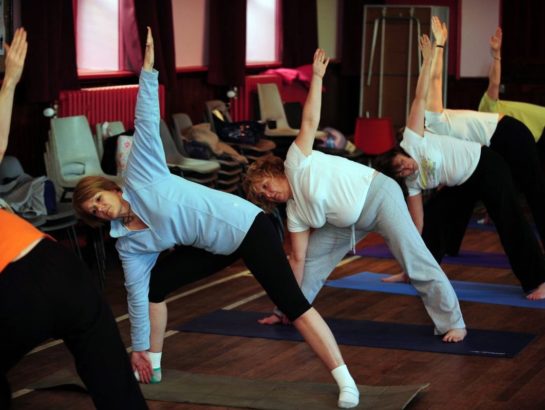
Understand your Behaviours
Nobody here are psychologists (well, there may be one to two out there!) but you do understand you better than anyone else. To help to get active, understanding those things that motivate you and those things that make it more difficult are vitally important. For some, seeing others be active is a great motivator to think “I need to do that”, whilst others know that once they’ve sat on the sofa after putting the kids to bed, there’s no chance of them getting up to do some activity. Knowing this helps shape your behaviour to have a better chance of doing your activity. So instead of doing that extra half an hour on your laptop at home, put all working from home items away and get out for a walk or a class.
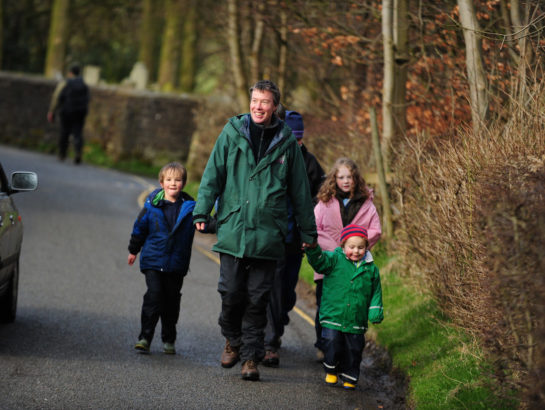
Get Creative!
For some, fitting activity into your very busy daily schedule can be extremely difficult. Whether it’s work, caring for others, picking and ferrying the kids to various clubs, time can be a real barrier to some people and the thought of squeezing in something else that may tire them out further doesn’t always seem attractive. However, there are ways to maximise your time and build activity into your day. You could have a lunchtime walk, standing desk, walking meetings, actively travel to work or school, fit activity in whilst waiting for others, do home workouts or some other small way that you can best utilise the time you have. Just a little on most days will benefit your mental and physical health.
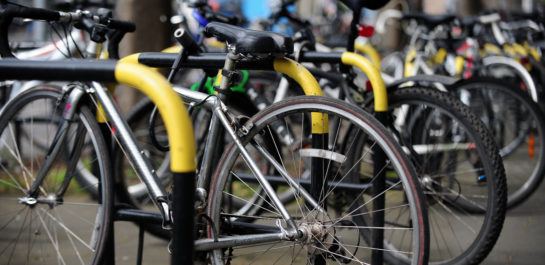
Subscribe to our newsletter
The latest updates on Active Blaby, our programmes, success stories, news, events and more…
